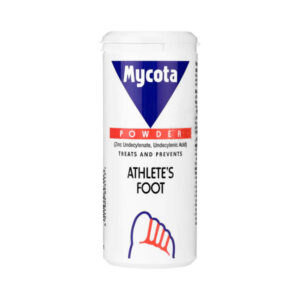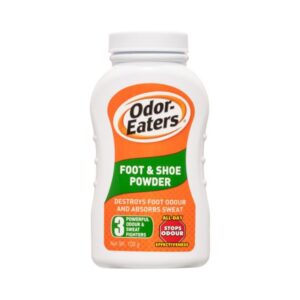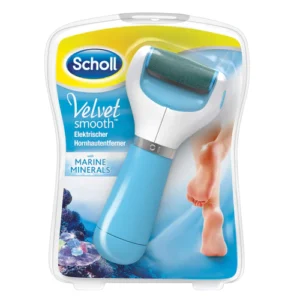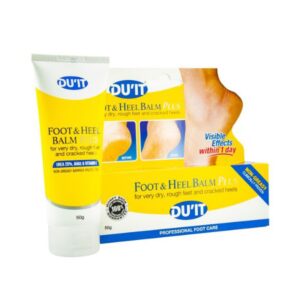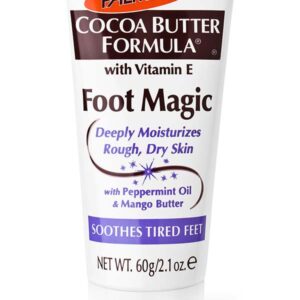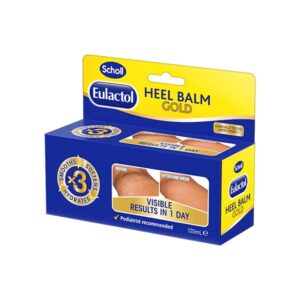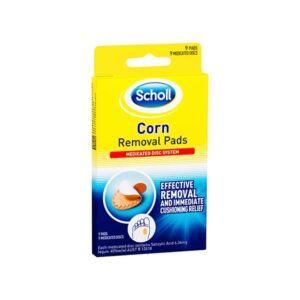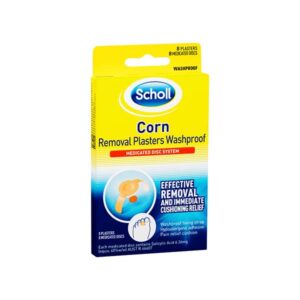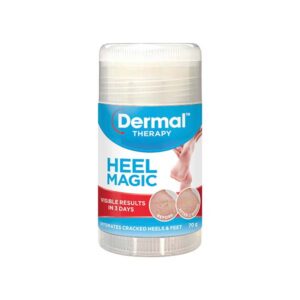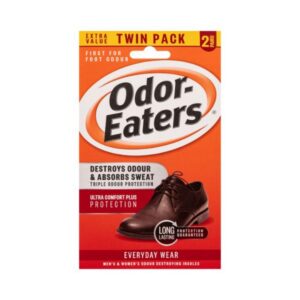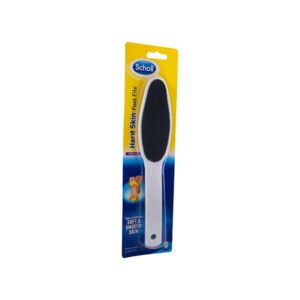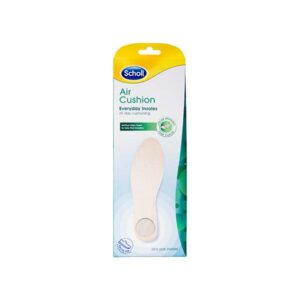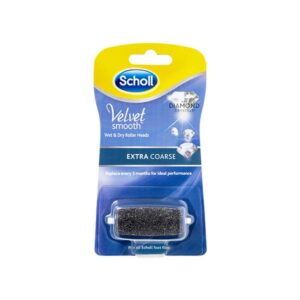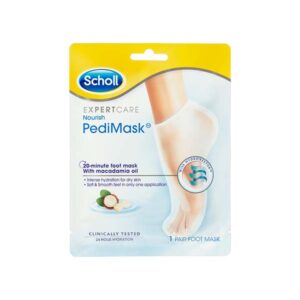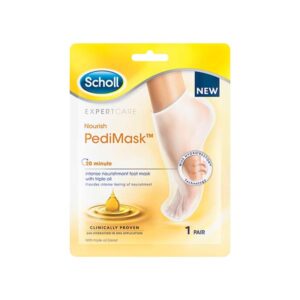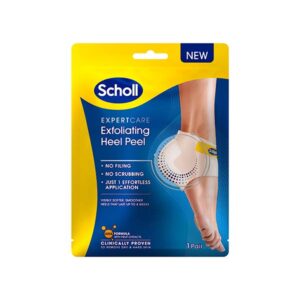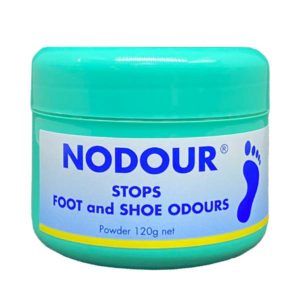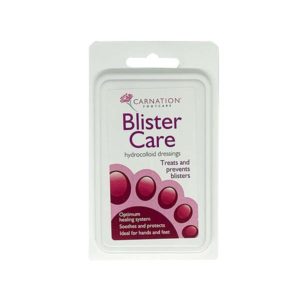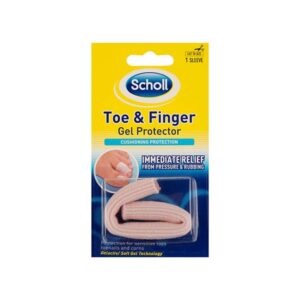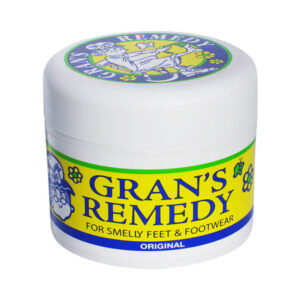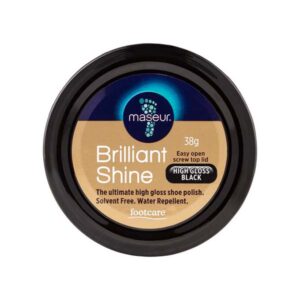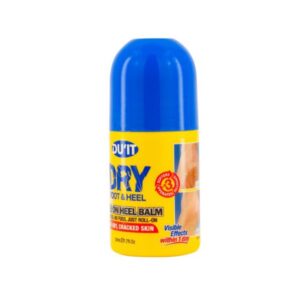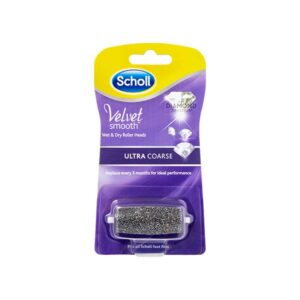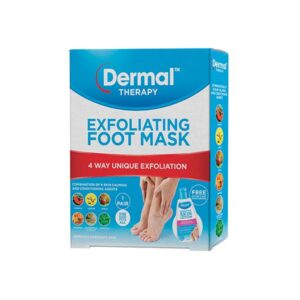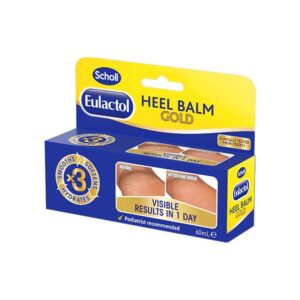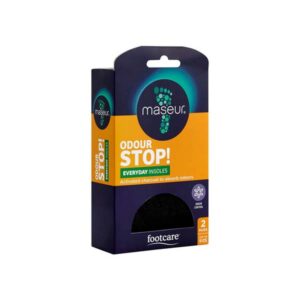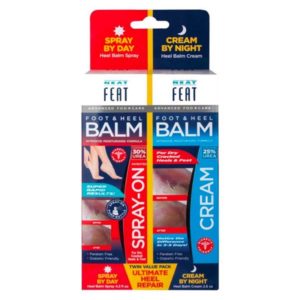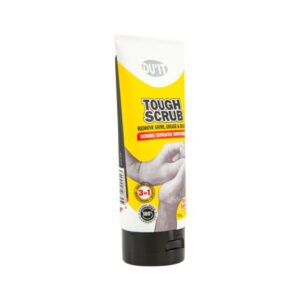It’s almost time to put on the jandals and head on down to the beach to enjoy the relaxing summer season. However, kicking off the shoes could mean revealing existing foot issues you rather wouldn’t, or even opening your feet up to a range of additional summer common foot problems.
In this article we will look at 9 common foot problems that many Kiwis face, and how to treat or manage them – so the only thing you’re worrying about is hot sand this summer.
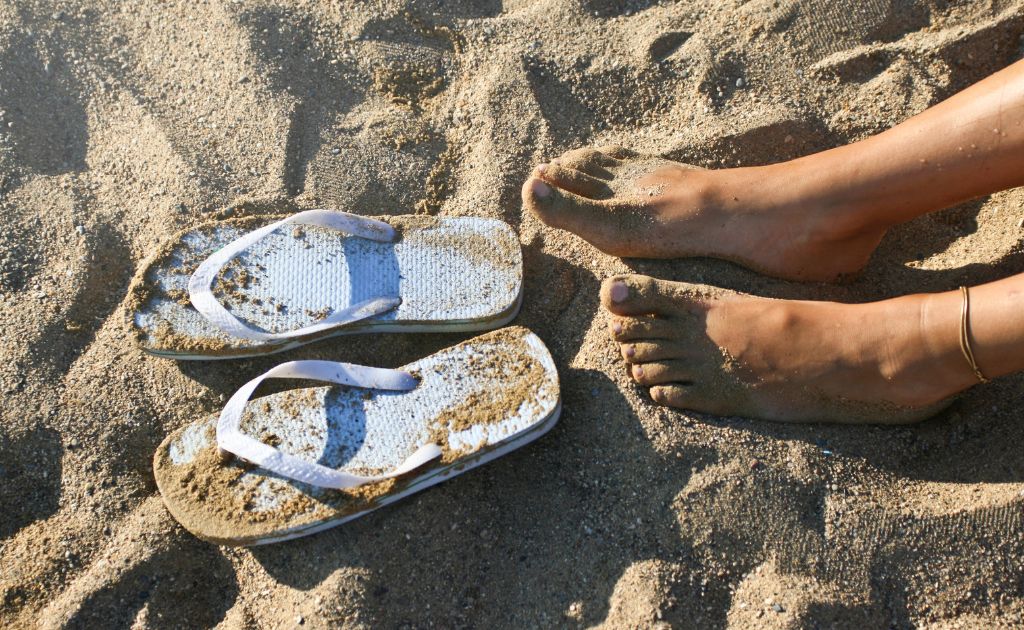
Athlete’s foot, or tinea pedis is the most common fungal skin infection and effects the skin on the feet – particularly between the toes. It is a contagious condition, and thrives in warm, damp environments. People most often get athlete’s foot by walking barefoot in communal spaces such as swimming pools, locker rooms, and public showers. Skin between the toes can become white, cracked, and flaky. Other signs can include redness, itchiness, burning, blisters, or if severe weeping areas of skin.
Treatment: There are a range of over-the-counter anti-fungal products including creams, powders and sprays available that can be used to treat athlete’s foot. While treating athlete’s foot it is important to wash your feet twice a day and to dry carefully between the toes. If the infection persists a healthcare professional can prescribe stronger anti-fungal medications.
A bunion is a common foot issue that occurs when the big toe is pushed out of natural alignment towards the smaller toes. Your big toe joint sticks out and rubs against the inside of your shoes causing a painful bony lump to form at the base of your big toe – this is a bunion. The condition is more common with women than men as wearing tight, or high-heeled shoes can increase the risk of bunions.
Treatment: Wearing more comfortable, wide-toed shoes is often recommended for people with bunions. Padded shoe inserts, bunion pads, and toe separators can also be used to reduce your symptoms by distributing pressure and reducing friction. Taking over-the-counter pain relief may be necessary. You may wish to see a podiatrist, who can make recommendations and create custom arch supports or inserts. Surgery may be necessary for cases not managed by non-surgical treatments.
Corns are thickened areas of skin on the feet due to pressure, rubbing or friction, usually against the toes, and on the balls of the feet. Corns are most commonly caused by ill-fitting shoes. Tight shoes or high-heels can compress the foot, and loose footwear can cause rubbing as your feet slide within the shoes. Corns can be hard, soft, or small and bumpy depending on where they develop on the foot.
Treatment: Wearing properly fitting shoes is important when treating corns. Shoe inserts, corn pads and cushions are available over-the-counter for the relief of corn symptoms. Using moisturising cream or lotion can help to soften the skin. More severe cases can be trimmed down by a healthcare professional or may even require surgery to correct the alignment of a bone causing friction.
Claw toe is a deformity where your first toe joint points up, and your second joint curls down. Many people will blame tight shoes as the cause of the deformity; however, it can be the result of nerve damage, muscle imbalances, or genetics. It can also be a sign of more serious conditions like diabetes, or arthritis. Untreated claw toe will get worse over time and may eventually become a permanent deformity. Corns may develop at points on the claw toe.
Treatment: Non-surgical treatments for claw toe may include strengthening and stretching the toe muscles, wearing shoes with a roomy toe box, using shoe pads with arch supports, and using a split or tape to hold your toes where they are supposed to be. In some cases, surgery may be required to correct your claw toe. The severity of your claw toe will be determined by a healthcare professional, and they will decide what type of surgery is appropriate.
Diabetic neuropathy is a common complication of diabetes. It is a type of nerve damage that is more likely to affect people whose blood glucose levels have been high over a long time. Often this damage will occur in the legs and feet causing pain, numbness, tingling, pins and needles, or burning. As diabetics are at much higher risk of developing foot infections, or ulcers it is important to look after your feet.
Treatment: As there is no cure for neuropathy the goal is symptom reduction. Managing blood sugar levels is crucial and may improve early neuropathy and reduce the change of it progressing further. Practicing proper foot care, including regular foot inspections, moisturising, and wearing comfortable shoes can help.
Also called onychomycosis, this occurs when a fungus infects a fingernail, toenail, or the skin under the nail (nail bed). You can get fungal nail infections from walking barefoot in communal showers or pools, sharing items like nail clippers or files, or if you have athletes foot (that spreads to the toenails). More common in toenails, these infections cause discoloration, thickening, brittleness of the nail. Nails may appear yellow, white, or brown and become crumbly and difficult to trim.
Treatment: Fungal nail infections can be treated with over-the-counter topical antifungal medications. These nail lacquers may need to be applied for an extended period of time. If the fungal nail infection has thickened the nail, it may be less effective than anti-fungal tablets or capsules. Keeping nails trimmed and practicing good foot hygiene can help to prevent the recurrence of fungal nail infections.
Gout is a form of arthritis, caused by the formation of urate crystals in the joints, commonly the big toe joint. It is often a very painful condition, with gout attacks developing quickly often within 12 to 24 hours. Symptoms of a gout attack include severe pain, swelling, redness, tenderness, and limited range of motion. The skin over the joint may also appear shiny and be hot to the touch.
Treatment: Gout treatment with medicines is divided broadly into acute pain management and long-term prevention of further gout attacks by keeping uric acid levels low. When a gout attack or ‘flare’ occurs, you should rest and elevate the affected joint. You may use ice packs to help relieve some of the pain. You can treat gout flares successfully with non-steroidal anti-inflammatory products (NSAIDs) such as naproxen, ibuprofen or diclofenac.
An ingrown toenail occurs when the corner or edge of a toenail grows into the skin of the toe leading to pain, swelling, and possibly infection. There are a number of possible causes including badly cut toenails, tight shoes, fungal nail infections, being overweight, sweaty feet, and genetics. This most usually affects the big toe but may occur on other toes.
Treatment: To help relieve your symptoms you can soak your foot in warm water a few times a day to soften the skin, then use a cotton bud to gently push away the skin from the nail. You can add a mild antiseptic to this water. If the toenail becomes infected it may need to be treated with antibiotics.
Plantar warts are viral infections that develop on the soles of the feet. They are small rough growths that usually show up on the balls and heels of the feet. Plantar warts are caused by the human papillomavirus (HPV) that enters through a cut or break in the skin. The warts have a rough, thick surface which may be discoloured and have black specks. These warts may become uncomfortable or painful.
Treatment: Most plantar warts are harmless and will go away without treatment. If plantar warts are uncomfortable due to pressure when walking or standing, there are pads/cushions available for purchase to help distribute pressure away from them. If you wish to get rid of plantar warts there are over-the-counter plantar wart removers available that freeze the warts to the core. If self-care treatments don’t work you can speak to your healthcare provider about cryotherapy, or prescription-strength wart medications.
